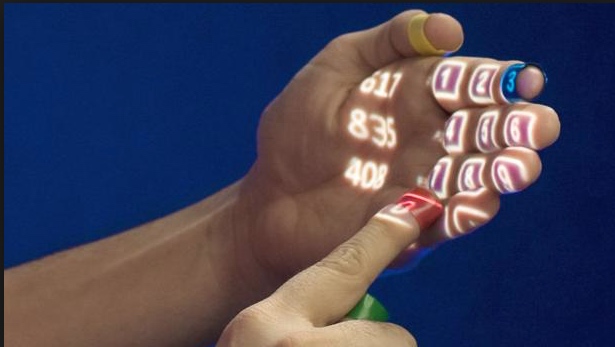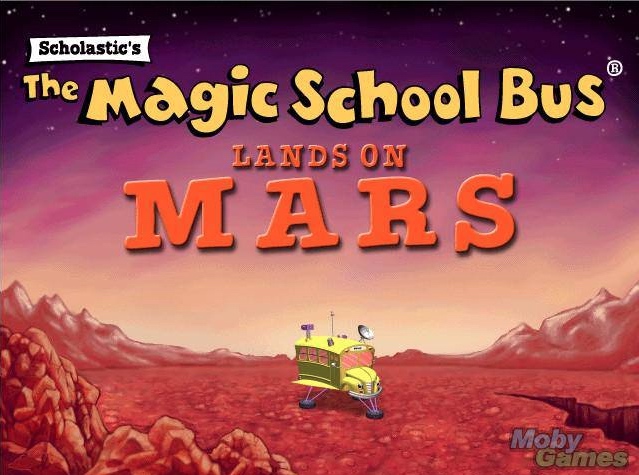NaNu-NaNu
Once upon a time, long ago before YouTube, Napster or MTV, families across America would gather together and tune in each week on their box television sets to watch an alien named Mork from the planet Ork. He came to earth in an egg-shaped spacecraft landing in Colorado. His mission was to observe human behavior, understand American culture and values, and report back to his planet each week about what he learned.
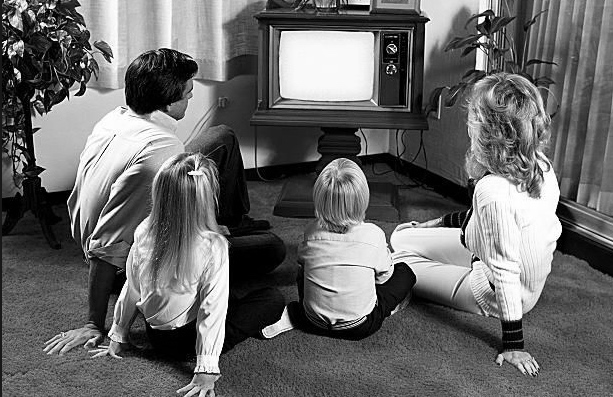
A Simple Act Inspires Learning
What’s the most powerful learning tool a teacher can use in their classroom to empower students to learn in today’s Digital Age?
It’s the same tool that’s been used for centuries across the globe. The simple act of caring. This simple act has not only motivated and inspired students all over the world, it has propelled them towards greatness.
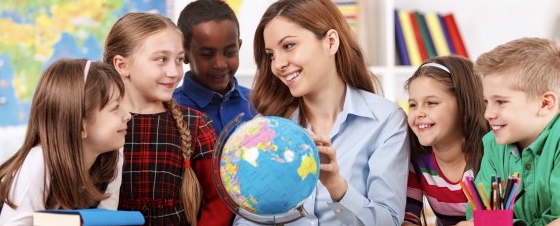
There are many ways that a teacher can have a positive impact on a student's life through the act of caring. The direction I’m aiming for is to learn new literacies in the areas of audio and video production, and create immersive multi-media lesson plans that I believe will motivate the 21st century learner.
Am I Illiterate?
I’ve asked myself this question several times this week because I’ve learned that being literate in today’s digital age goes far beyond the ability to read and write.
New Literacy, which I like to refer as Digital Literacy, is a multi-faceted set of technology based skills ranging from easy to learn things like text-messaging and social networking to more advanced technical skills required to produce high quality podcasts and immersive digital media.
Some of the new literacies that I’ve developed over the past couple of years as a result of new technology include basic html coding, file sharing, and real-time video conferencing.
While I’ve got a handle on basic new literacy skills, I’ve struggled a bit at creating multi-media content for this course that falls into the advanced digital literacy category. Which means, at least in my opinion, as a music teacher I’m digitally illiterate and this is unacceptable. I need to improve my digital literacy.
The Moving Target of New Literacy
So how do I determine which new literacies I need to learn? Where do I begin? Ironically, the digital literacies that appeal to me the most just happen to be those that I lack experience working with, but there’s no room for excuses here only an immediate course of action.
I believe a moderate approach towards improving my digital literacy will be instrumental to my success in becoming more 21st century literate.
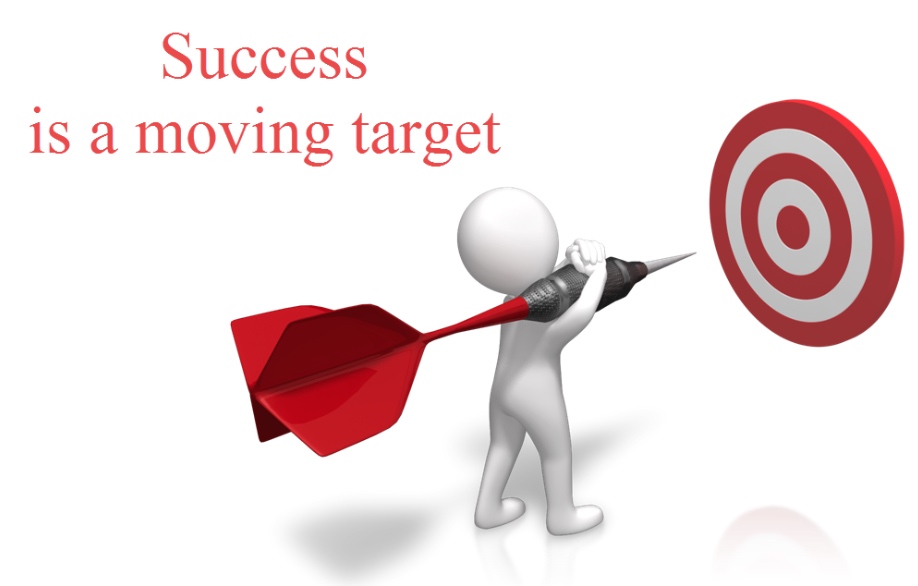
I’ve decided to pick three new literacy skills related to digital audio and video production in order to create immersive multi-media lessons plans related to teaching music to elementary school students in the 21st century. Once I’ve learned proficiency in these skills, I’ll learn three more skills and so on and so forth.
My goal is to be a proficient user in at least three different audio and video applications. I’ll then start creating multimedia lesson plans directed towards experienced music teachers who are struggling to motivate students in their classrooms.
Learning Challenges and Victories
Chase a Phrase
In the spirit of using a new digital literacy for this week's DS 106 Daily Challenge, I created a color coded list of site words shaped into an exclamation point -- color coded eye candy for early readers.
Chase a Phrase color coded eye candy for early readers #ds106 #tdc2010 #inte5340 #literary #children #Coding #color #words #exclamationpoint pic.twitter.com/kYgsiB8TMP
— Monica Avila Beal (@MoBeal13) July 14, 2017
my favorite Teacher
This week, I challenged myself by learning the basics on how to use iMovie and produce my first video for this course, My Favorite Teacher.
The most valuable learning experience in creating this video was the face to face conversations I had with a handful of students that I just met earlier this week. We exchanged stories about our favorite and least favorite teachers in school and I recognized a valuable common denominator. The participants ranged in age from 7 to 52 years (Class of 1984 to Class of 2027) and each stated in one way or another that their favorite teacher truly “cared” not just about them individually, but about every single student in the classroom.
Through the experience of creating this video, I recognized once again that the key to motivate and empower 21st century students is same thing that has motivated and empowered students for decades and even centuries.
The simple act of caring by showing a sense of empathy, acceptance and understanding in the classroom. These are the precious things that technology will never be able to replicate because in order to achieve an authentic level of connection requires a human to human experience.
Mission to Mars Case Study
A magic yellow school bus that can virtually transport you to the surface of the Red Planet a/k/a Mars?! Click on the photo below to learn more.
Final Thoughts
In the past five years, there has been a dramatic change in the way students receive and process information. However, education in today's American schools has not changed to address this fact.
Today’s school administrators and educators need to acknowledge that implementing new literacies into the classroom is a sure-fire way of being able to engage today’s curious young minds.
But 21st century literacy isn't just about using the latest technology gadgets in the classroom like VR cardboard headsets.
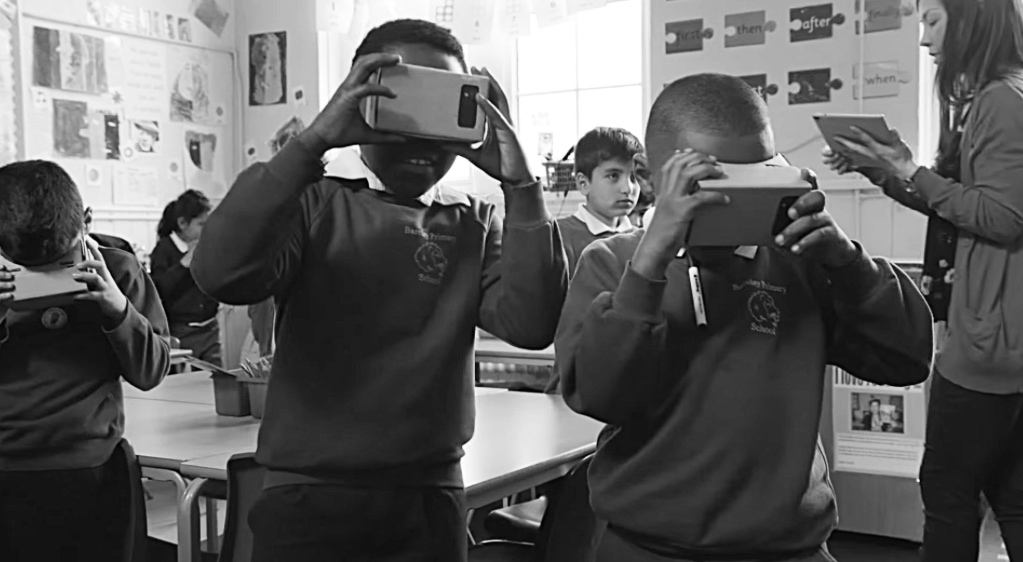
In my opinion, 21st century literacy needs to be defined as a blend of the best practices of old teaching traditions merged with new digital literacy standards.
It’s imperative that everyone involved with a child’s education understands that learning new literacy skills isn’t just a responsibility that falls on a student's shoulders. Rather, improving digital literacy needs to be a collective effort across all communities with open lines of communication between school administrators, teachers, parents/care givers and the students.
Because in this day and age, it takes a digitally connected global village to raise today’s children and a willingness to listen and learn from them because often times the children of today are more literate than the adults who serve as their teachers. With this in mind, I think reverse mentoring in the classroom is another sure-fire way of empowering today's digitally literate students.
The future of learning rests in the palm of our hand. As educators in today's world, we need to recognize, understand, respect and transfer this knowledge to our 21st century students. They need to understand the amazing progress we've made over the centuries. From the invention of the ancient abacus and the progress of that instrument that has transformed into something truly extraordinary.

